Got milk? New exhibition explores the dark side of dairy
‘Milk’, a new exhibition at the Wellcome Collection, London, explores the socio-political weight of milk through art and cultural artefacts
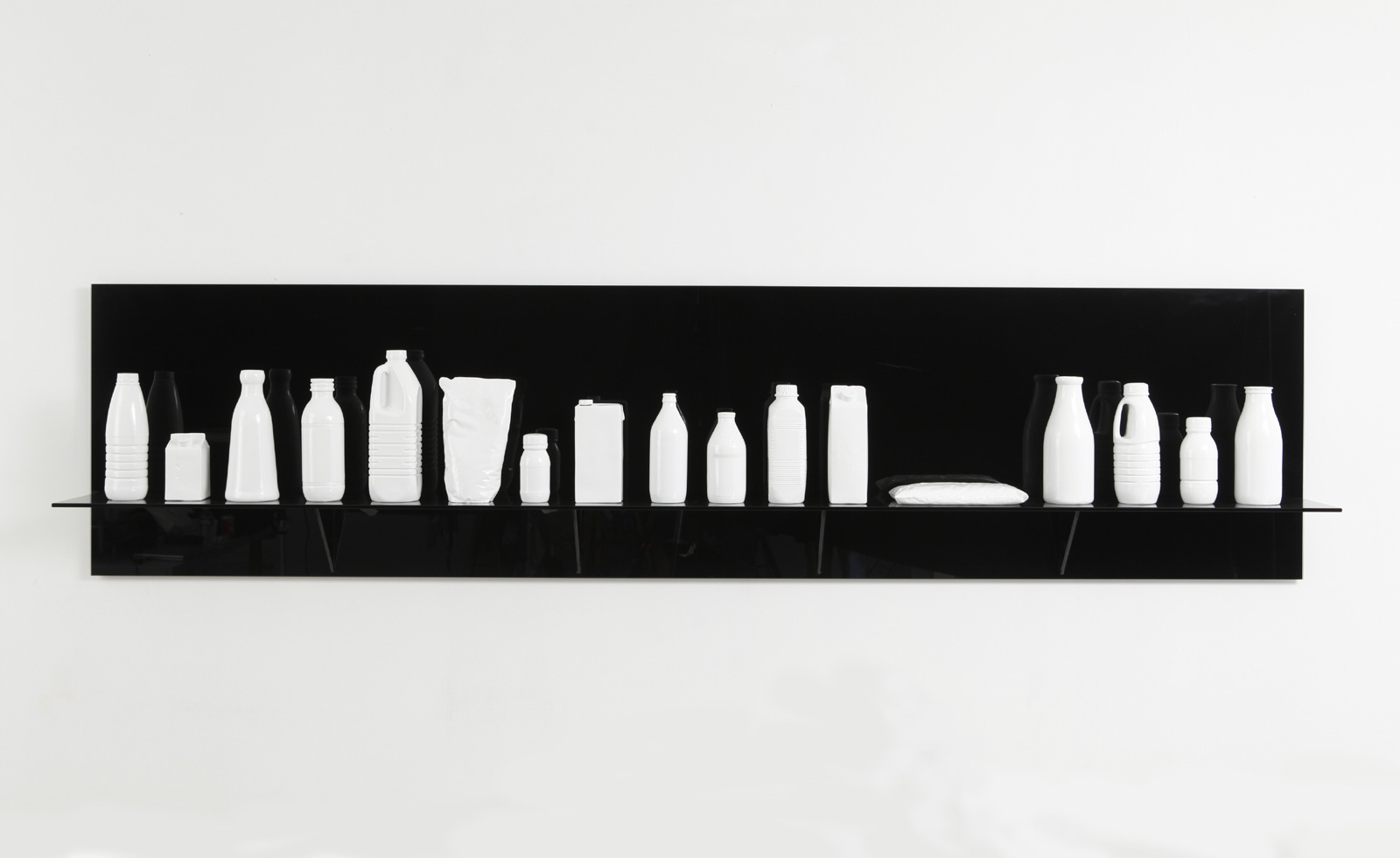
Milk is a tool of empire, a central motif of the maternal body and a staple of the human diet and is unique in its ability to cross political, cultural and economic spheres. Now, the Wellcome Collection knits together these disparate strands in a new London art exhibition, ‘Milk’, which considers everything from the perceived daily healthy habit to milk’s status as a marketing tool for the white nuclear family, alongside a wider consideration of the changing landscape of dairy farming.
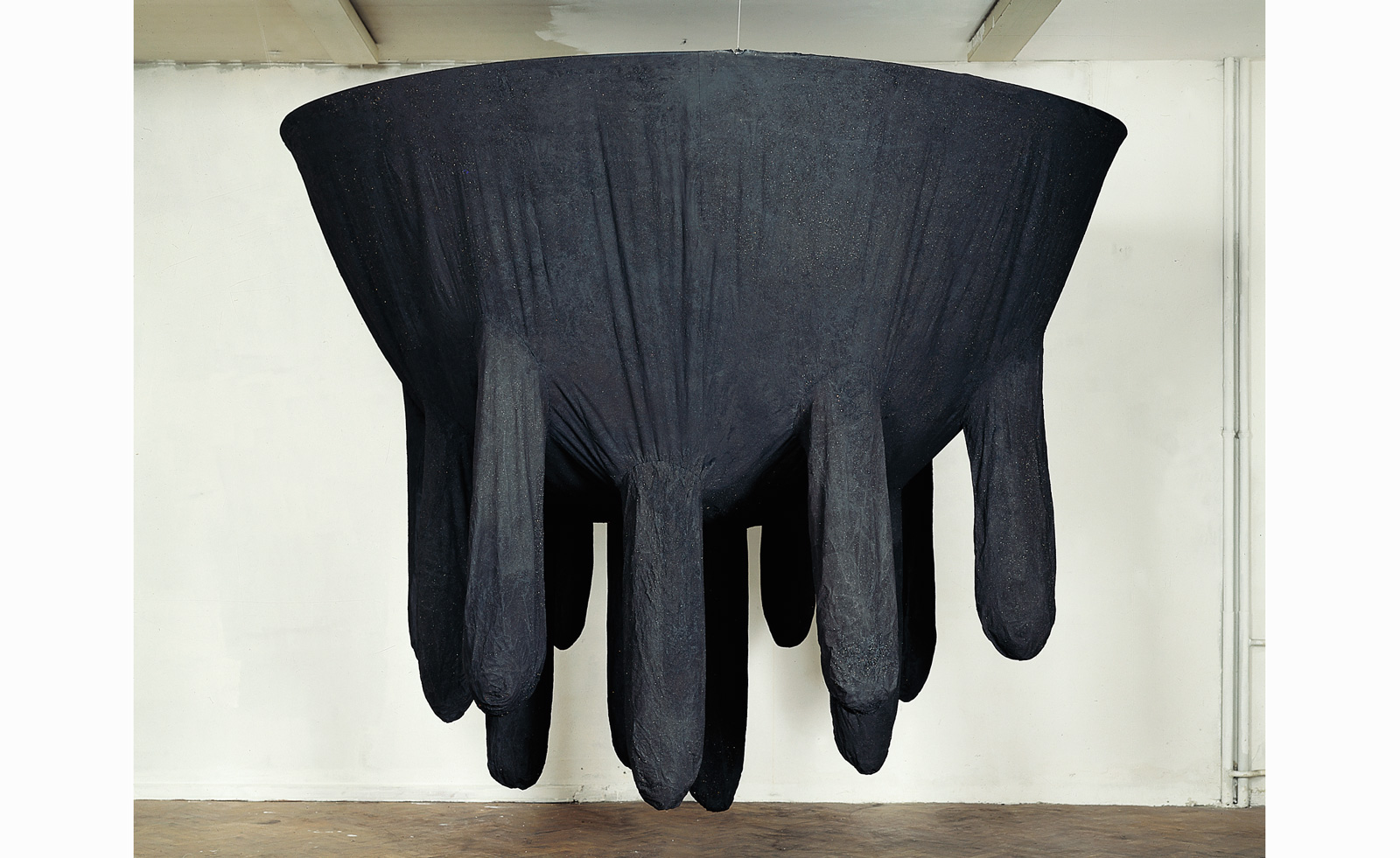
Untitled, Julia Bornefeld, 1995
Milk: exploring the politics of dairy
‘Milk is woven into the everydayness of our lives, whether it’s in a cup of tea or coffee, or in the routines of infant feeding. It’s something many of us in the UK take for granted,’ say exhibition curators Marianne Templeton and Honor Beddard. ‘It’s also a medium through which we can unpick larger questions about our diets and food system, the politics and economics of infant feeding, relationships between humans, animals and the environment. Why do we eat and drink what we do, and who gets to choose what they eat? Milk has been central to many people’s diets in the UK for over a century. Most households still buy dairy milk but there are now many milk alternatives available. We are also at a crossroads for the dairy industry after Brexit, with the potential for new policies to shape the sector and an urgent need for climate-conscious agriculture. At the same time, human milk is making its way into online markets and companies are starting to prototype synthetic versions of human milk.’
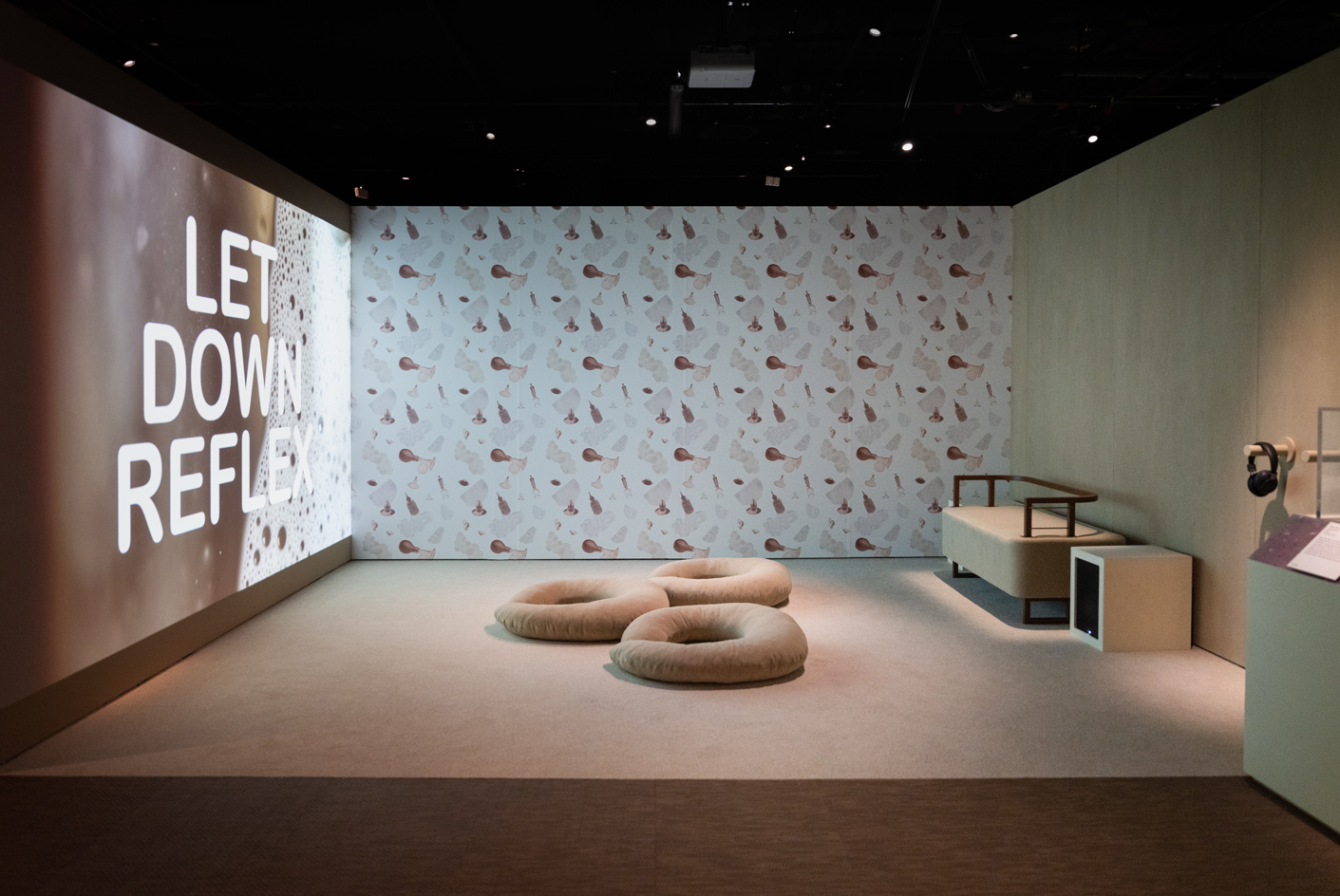
'Milk', Wellcome Collection, 2023
This distinctive status given to milk is here reflected in a mish-mash of media, from historical models in terracotta of a mule carrying cheese, dating from the 3rd or 2nd century BC, to contemporary pieces from artists including Julia Bornefeld, Sarah Pucill, Hetain Patel, and Lucy + Jorge Orta. They join materials, from 1930s marketing to a 19th-century feeding bottle, in a diverse exploration into how milk came to be a staple of our everyday diets. Milk’s political role is due in part to its role in marketing campaigns of white families – the face of milk – but also acknowledges the impact of Herbert Hoover’s eugenicist manipulation of the relationship between ‘natural’ milk and social purity.
These references sit alongside personal narratives that explore the hijacking of the breastfeeding narrative by formula companies, feeding into issues of empire and exploration, a tension expressed in the work of the artists. ‘A new commission by Ilana Harris-Babou, Let Down Reflex, combines personal testimonies about breastfeeding by the artist’s mother, sister and niece with the wider political context that surrounds infant feeding,’ the curators say. ‘It explores the relationship of the individual to maternal health care systems, the inequalities within these structures and how these impact the choices that are available to new parents. The first-hand testimony within this work allows us to think about the passing down of maternal knowledge and how these ideas and beliefs sit alongside public health messaging. The work references the lullaby ‘All the pretty horses’, which was said to have been sung by an enslaved African mother who was separated from her infant in order to care for and wet-nurse her enslaver’s child. Harris-Babou draws links between this traumatic history and the severe inequalities in Black maternal health outcomes seen today in the US and UK.’

Milk: The backbone of young Britain
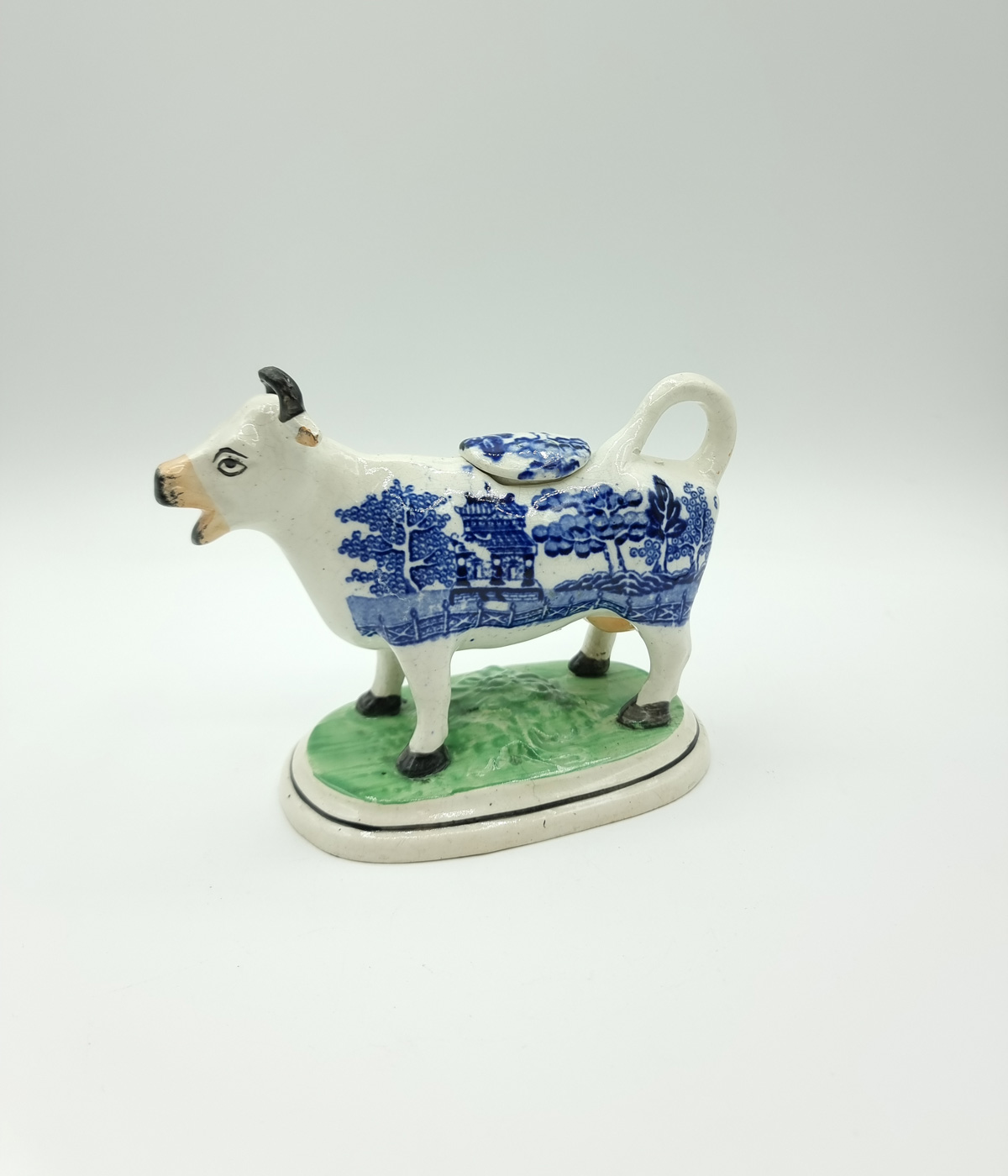
Cow-shaped cream jug. White with blue willow-pattern transfer
The exhibition eschews a strictly chronological order, although the curators point out that to understand the future of milk, the history must be clearly established. ‘What’s remarkable in many cases is that you might be looking at a historical object, but a lot of the questions it raises are still very relevant today. For example, in the section on Scientific Motherhood we have included some crochet infant weighing scales from the 1930s. These would have been used by health visitors during home visits to new mothers to weigh the infant. Those weights would have been plotted on development charts based on standardised weights for the baby’s age. A perceived ‘failure’ to meet these standards or expectations can create feelings of shame or anxiety, even though these standards do not recognise the many different factors that can impact on birth weight, for example health conditions or income. Weighing infants and relying on data and measurements to determine the healthy progress of an infant is still widely debated today, with many feeling it fuels insecurities around insufficient breastmilk that can impede breastfeeding progress.’
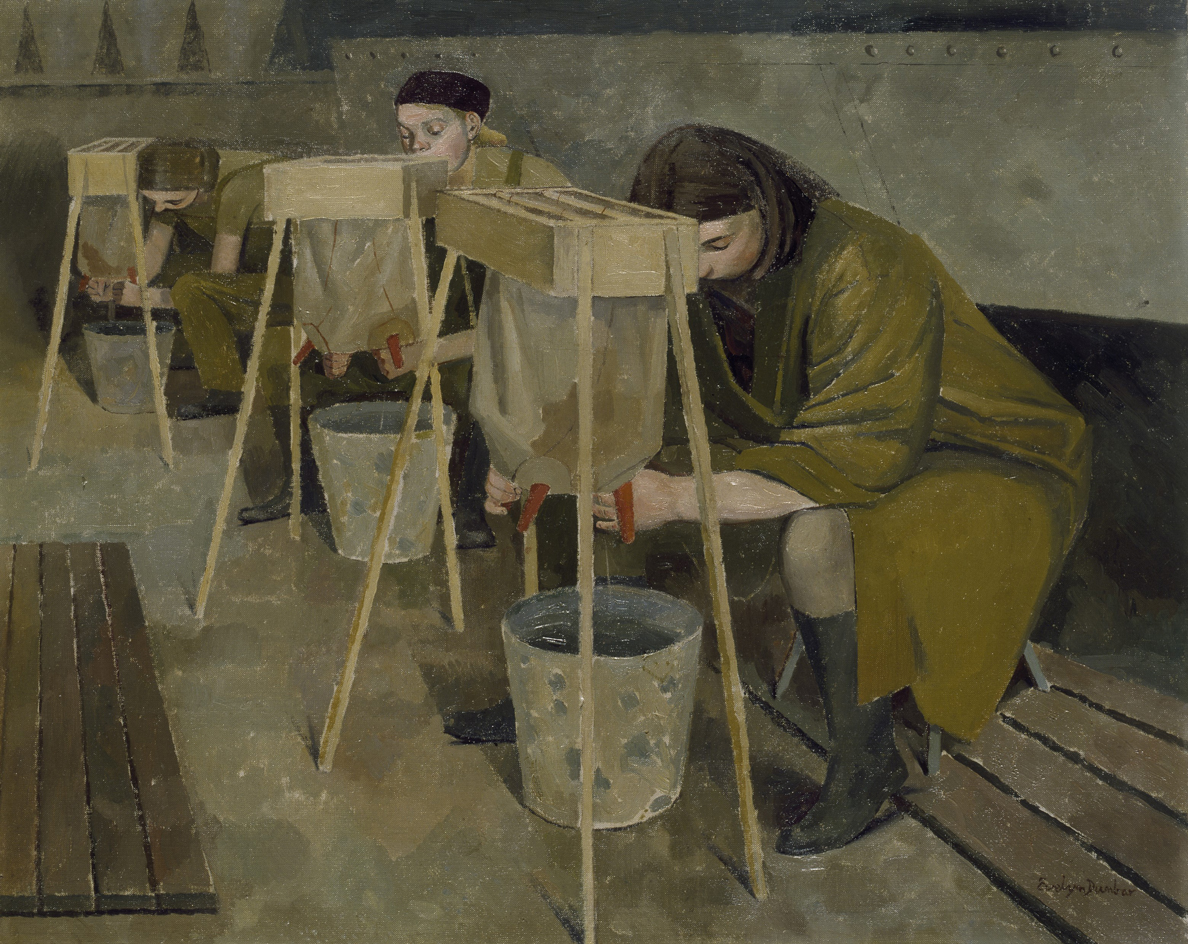
Milking Practice with Artificial Udders, Evelyn Mary Dunbar, 1940
Ultimately, the curators are keen for visitors to consider questions such as why we think milk is so essential to our health, who decides what good health is, what values our food systems are built on and how milk has been used to exert power as well as provide care. ‘Milk is a subject both personal and political, and the exhibition aims to show how it touches on many aspects of our lives, whether we drink it or not,’ the curators add. ‘We hope visitors will consider the impacts of the standardisation and regulation of milk and of the bodies that produce and consume it, and the role science and industry have played in shaping ideas about milk that are present in Britain today.’
Milk is curated by Marianne Templeton and Honor Beddard, it is open until 10 September 2023 and it is free to visit.
Receive our daily digest of inspiration, escapism and design stories from around the world direct to your inbox.
Hannah Silver is the Art, Culture, Watches & Jewellery Editor of Wallpaper*. Since joining in 2019, she has overseen offbeat art trends and conducted in-depth profiles, as well as writing and commissioning extensively across the worlds of culture and luxury. She enjoys travelling, visiting artists' studios and viewing exhibitions around the world, and has interviewed artists and designers including Maggi Hambling, William Kentridge, Jonathan Anderson, Chantal Joffe, Lubaina Himid, Tilda Swinton and Mickalene Thomas.
-
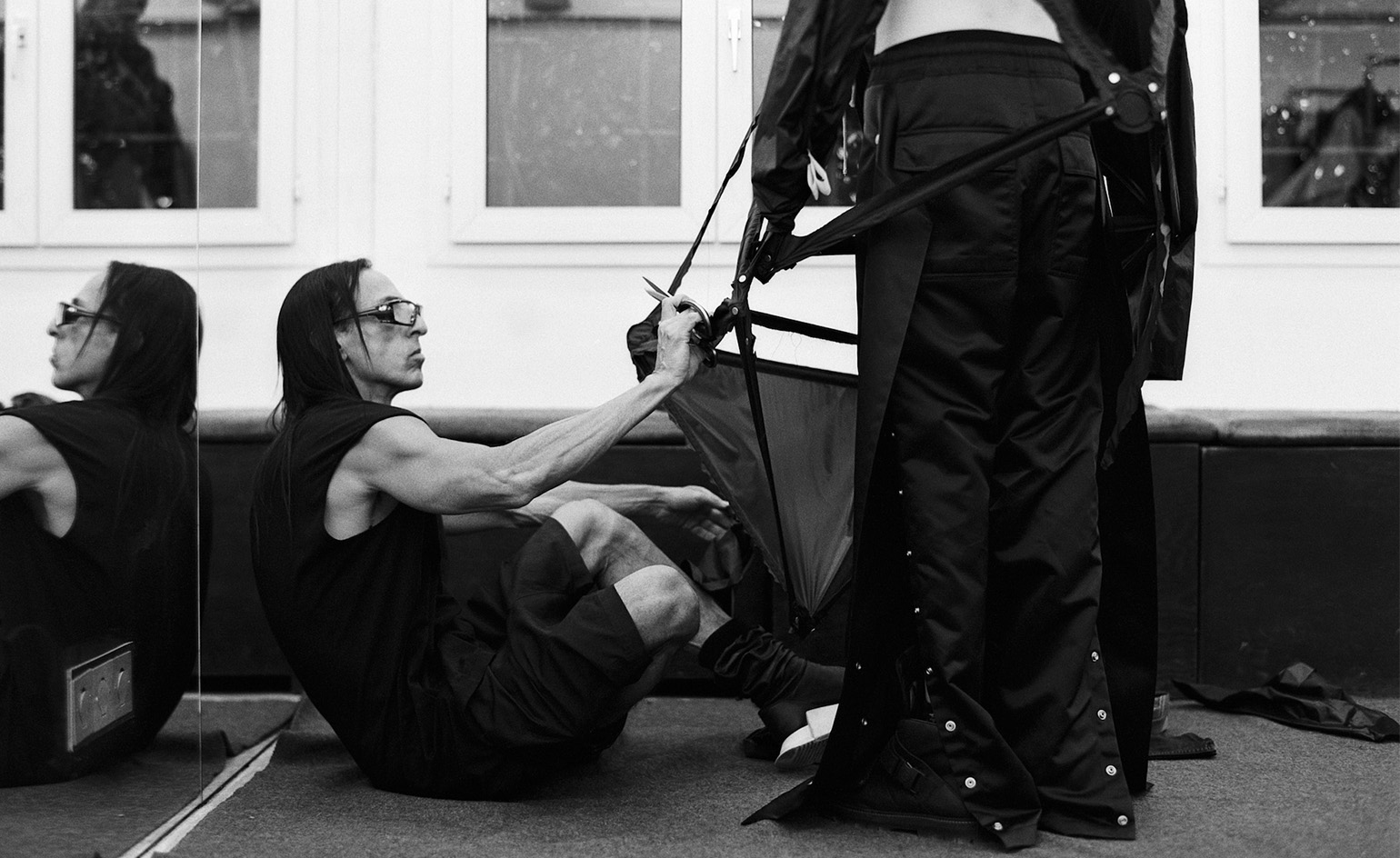 These illuminating interviews tell the story of 2025 in style, from Rick Owens to runway magic
These illuminating interviews tell the story of 2025 in style, from Rick Owens to runway magicExploring themes of creativity, resilience and facing fashion’s future, a series of intriguing conversations from the style pages of Wallpaper* in 2025
-
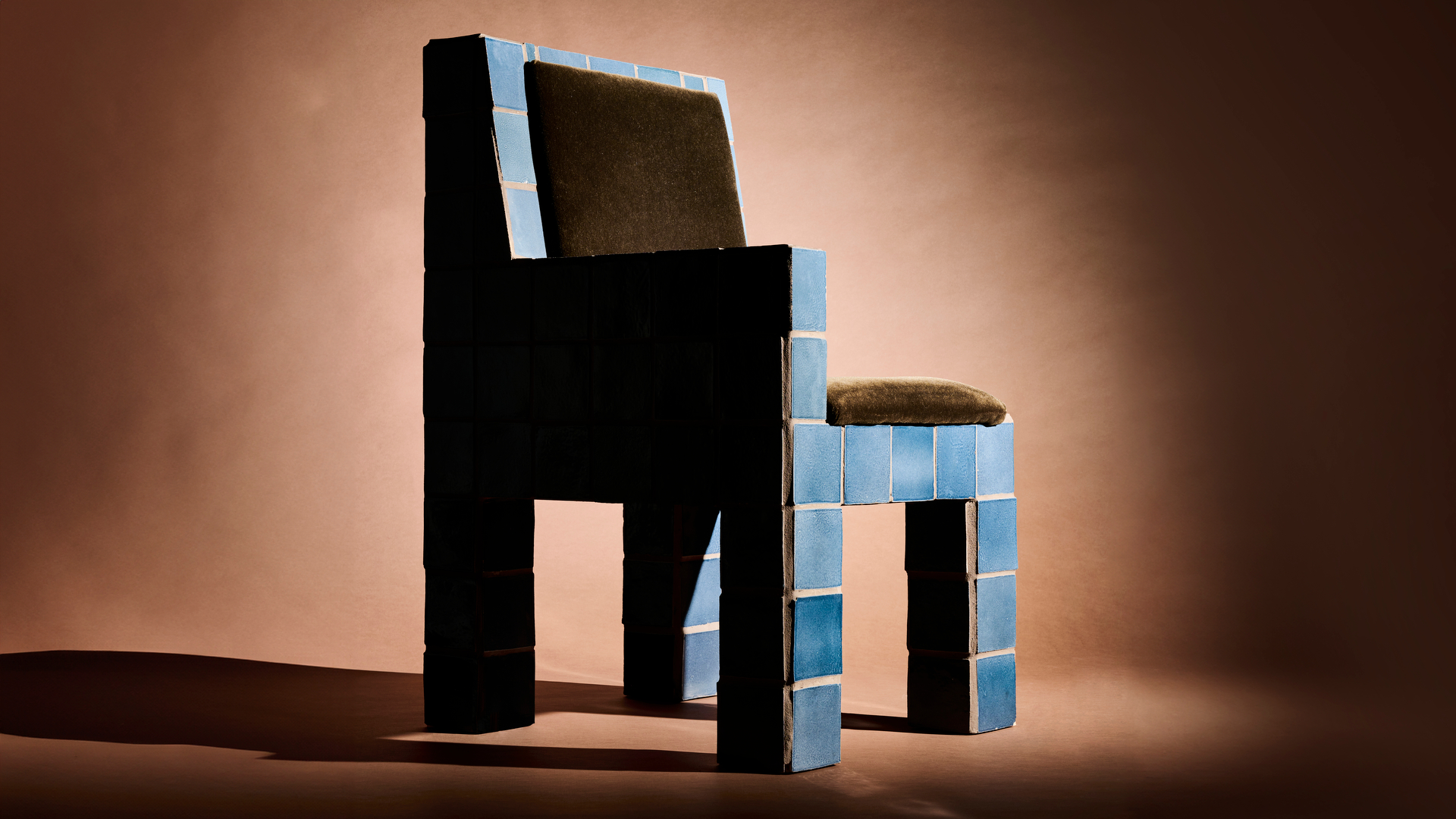 This LA-based furniture designer finds a rhythm in music and making
This LA-based furniture designer finds a rhythm in music and makingWallpaper* Future Icons: LA-based Ah Um Design Studio's expressive furniture features zig-zagging wooden frames, mohair and boucle upholstery, and a distinctive use of tiles
-
 This Mexican architecture studio has a surprising creative process
This Mexican architecture studio has a surprising creative processThe architects at young practice Pérez Palacios Arquitectos Asociados (PPAA) often begin each design by writing out their intentions, ideas and the emotions they want the architecture to evoke
-
 Out of office: The Wallpaper* editors’ picks of the week
Out of office: The Wallpaper* editors’ picks of the week'Tis the season for eating and drinking, and the Wallpaper* team embraced it wholeheartedly this week. Elsewhere: the best spot in Milan for clothing repairs and outdoor swimming in December
-
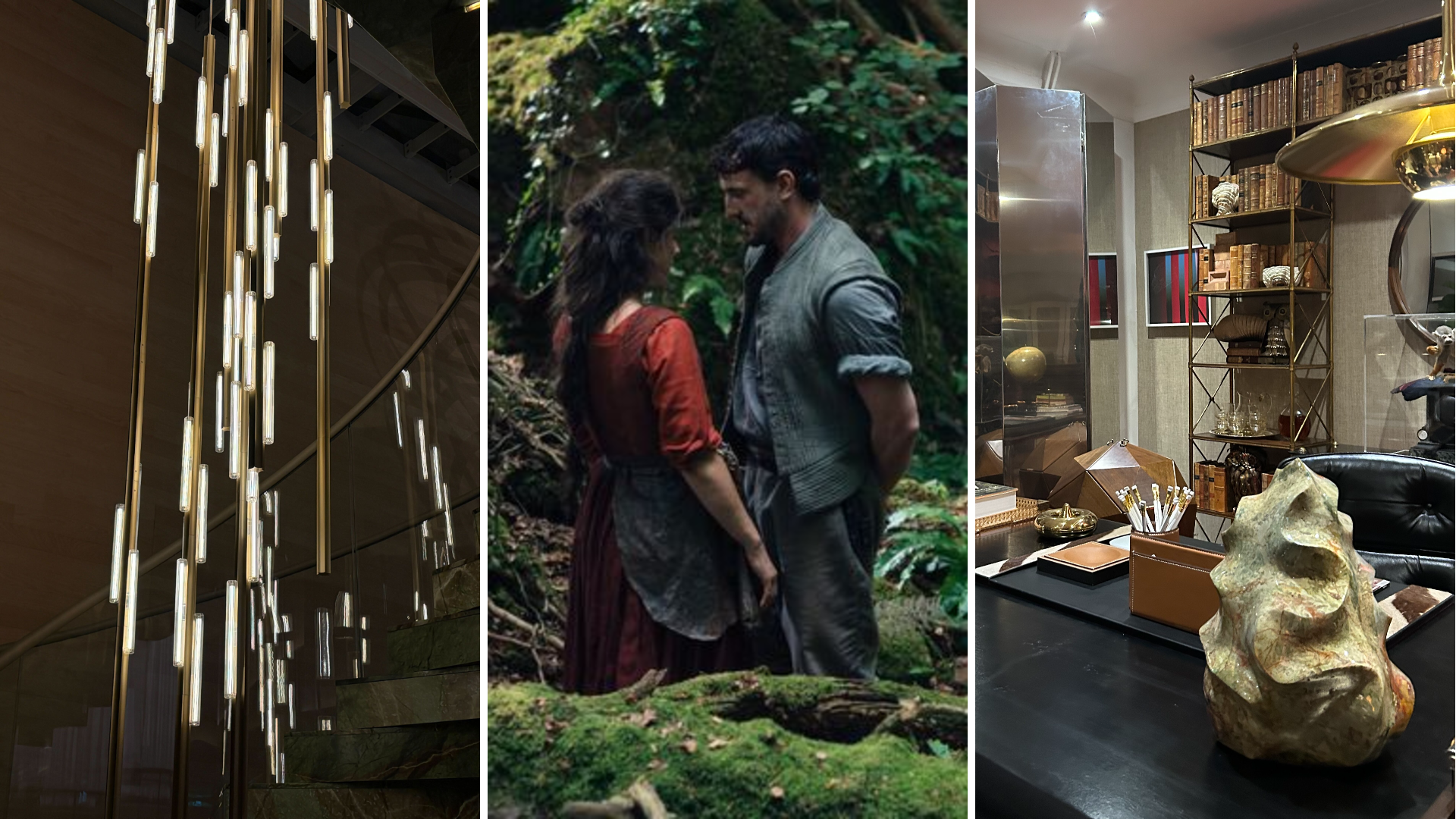 Out of office: The Wallpaper* editors’ picks of the week
Out of office: The Wallpaper* editors’ picks of the weekFar from slowing down for the festive season, the Wallpaper* team is in full swing, hopping from events to openings this week. Sometimes work can feel like play – and we also had time for some festive cocktails and cinematic releases
-
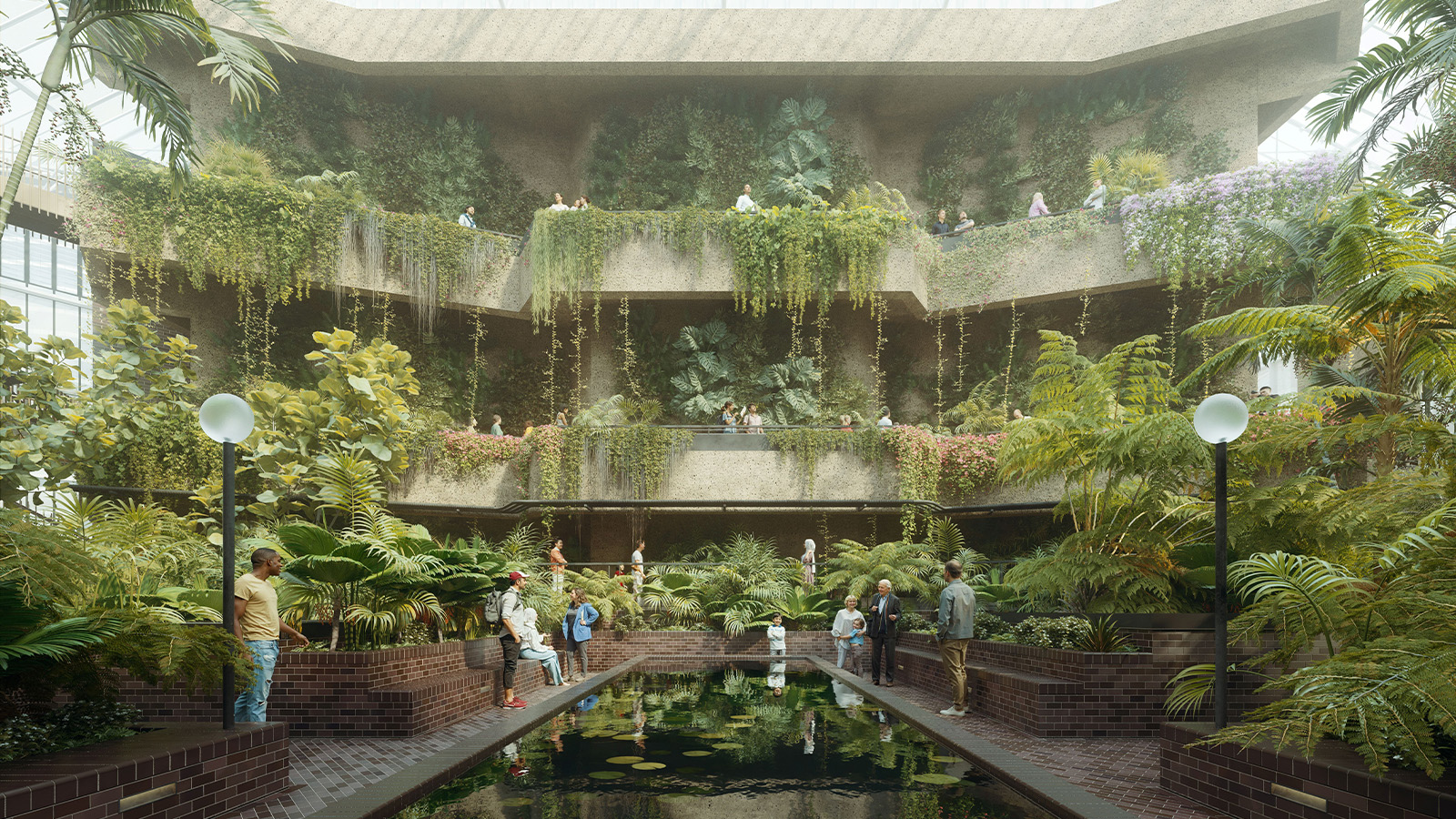 The Barbican is undergoing a huge revamp. Here’s what we know
The Barbican is undergoing a huge revamp. Here’s what we knowThe Barbican Centre is set to close in June 2028 for a year as part of a huge restoration plan to future-proof the brutalist Grade II-listed site
-
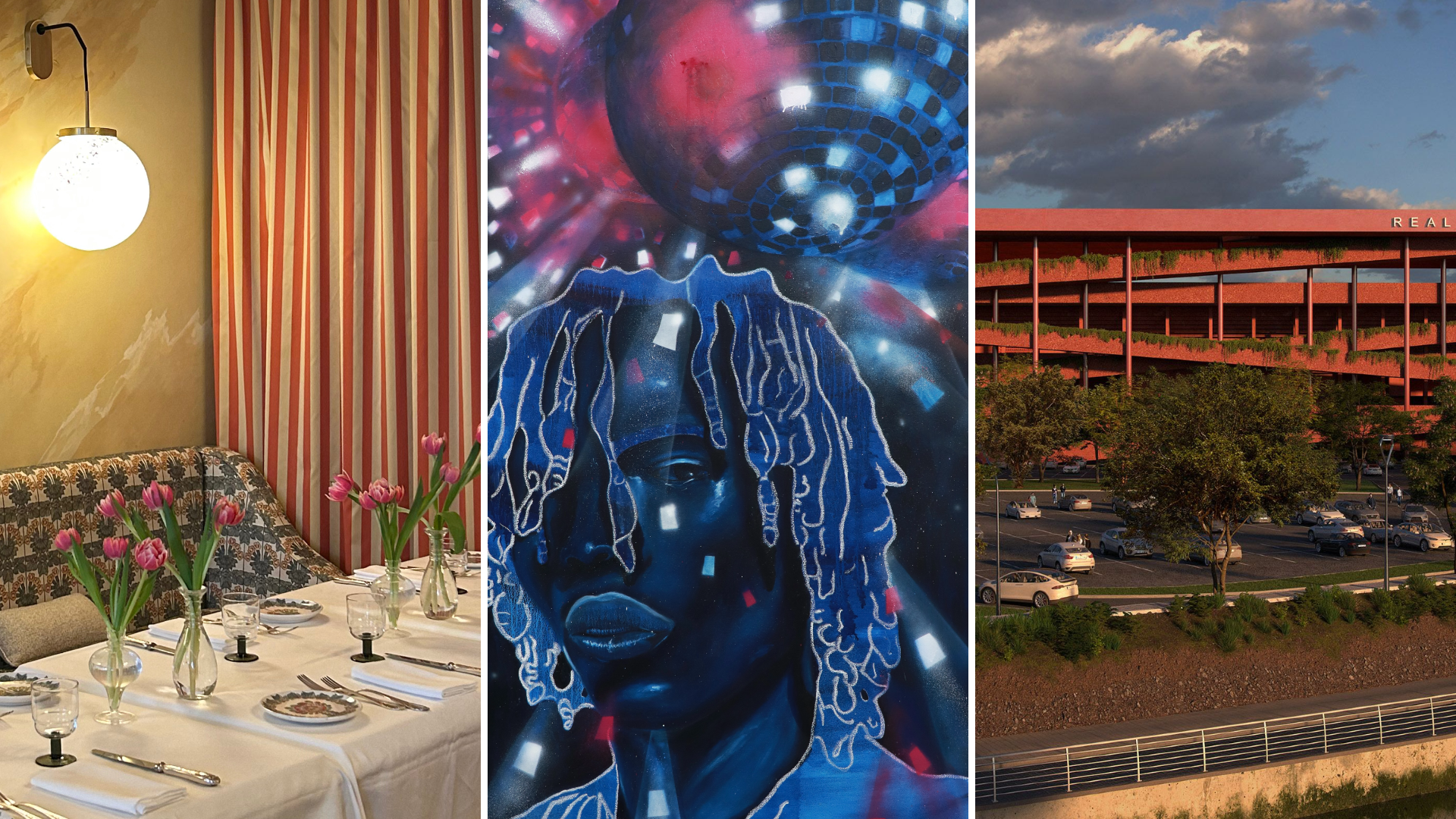 Out of office: The Wallpaper* editors’ picks of the week
Out of office: The Wallpaper* editors’ picks of the weekIt’s wet, windy and wintry and, this week, the Wallpaper* team craved moments of escape. We found it in memories of the Mediterranean, flavours of Mexico, and immersions in the worlds of music and art
-
 Each mundane object tells a story at Pace’s tribute to the everyday
Each mundane object tells a story at Pace’s tribute to the everydayIn a group exhibition, ‘Monument to the Unimportant’, artists give the seemingly insignificant – from discarded clothes to weeds in cracks – a longer look
-
 Out of office: The Wallpaper* editors’ picks of the week
Out of office: The Wallpaper* editors’ picks of the weekThis week, the Wallpaper* team had its finger on the pulse of architecture, interiors and fashion – while also scooping the latest on the Radiohead reunion and London’s buzziest pizza
-
 Out of office: The Wallpaper* editors’ picks of the week
Out of office: The Wallpaper* editors’ picks of the weekIt’s been a week of escapism: daydreams of Ghana sparked by lively local projects, glimpses of Tokyo on nostalgic film rolls, and a charming foray into the heart of Christmas as the festive season kicks off in earnest
-
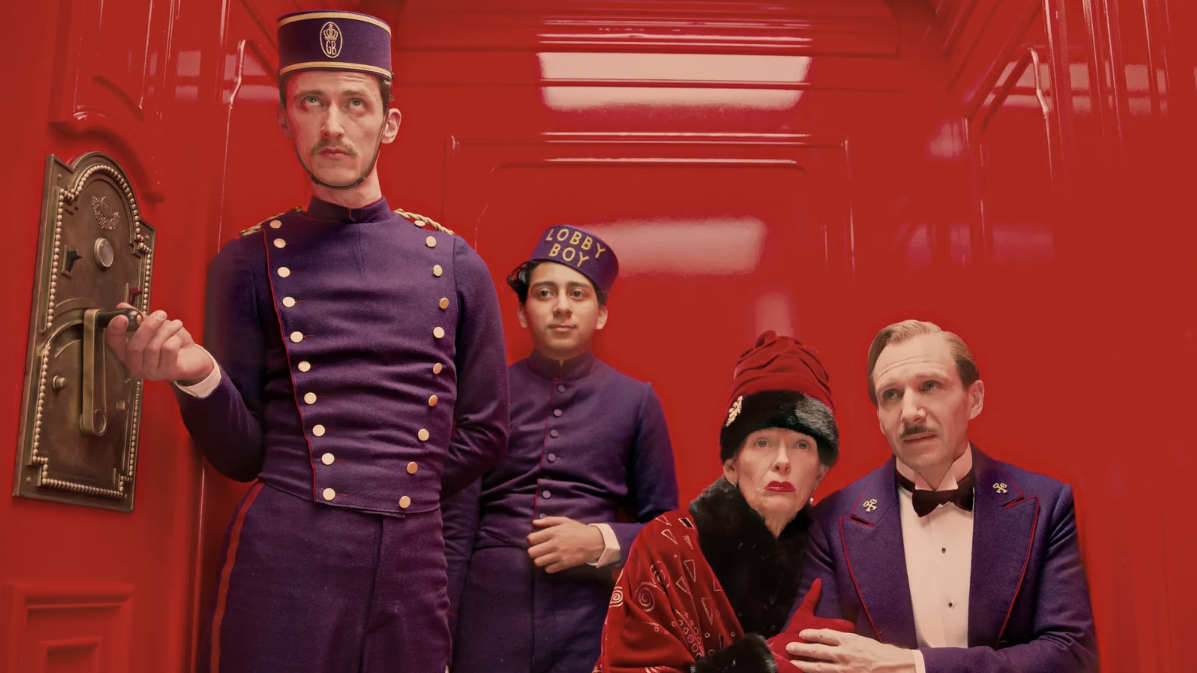 Wes Anderson at the Design Museum celebrates an obsessive attention to detail
Wes Anderson at the Design Museum celebrates an obsessive attention to detail‘Wes Anderson: The Archives’ pays tribute to the American film director’s career – expect props and puppets aplenty in this comprehensive London retrospective